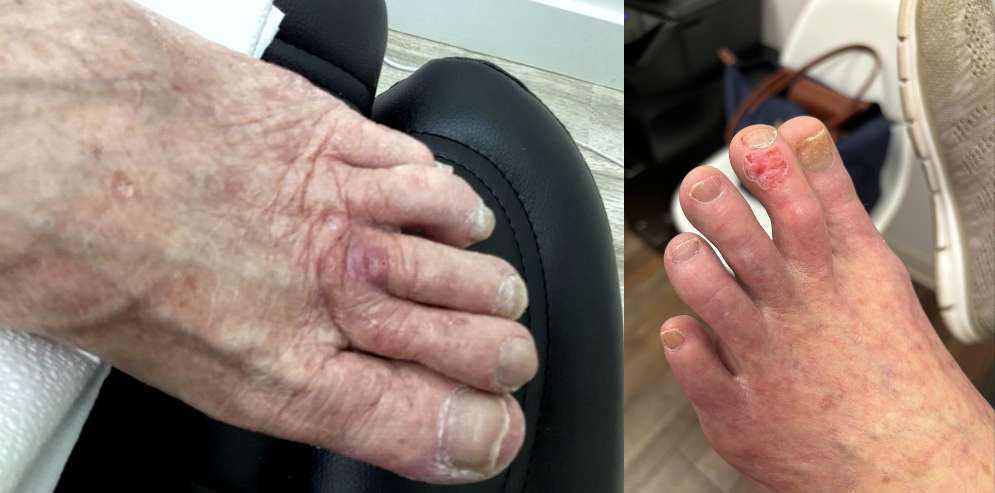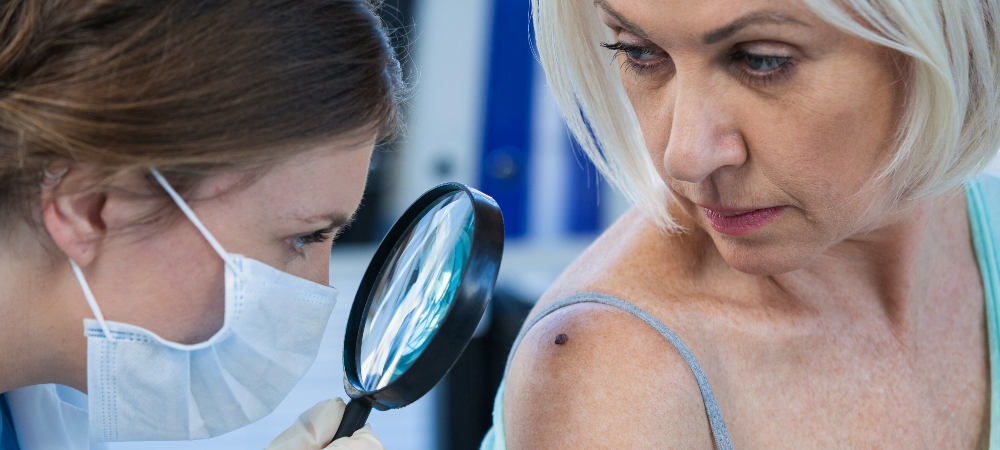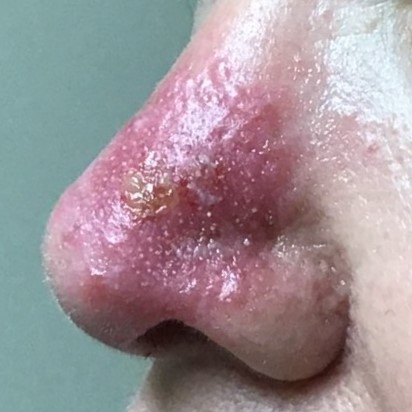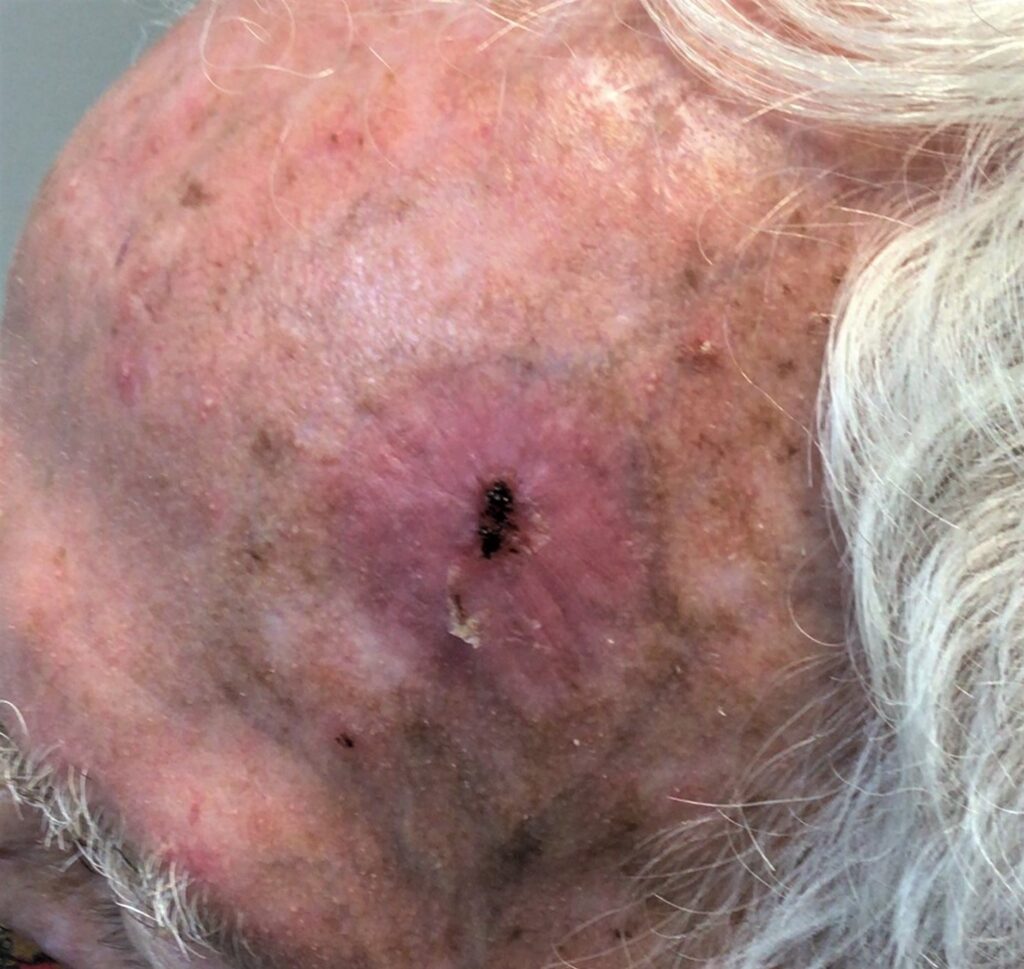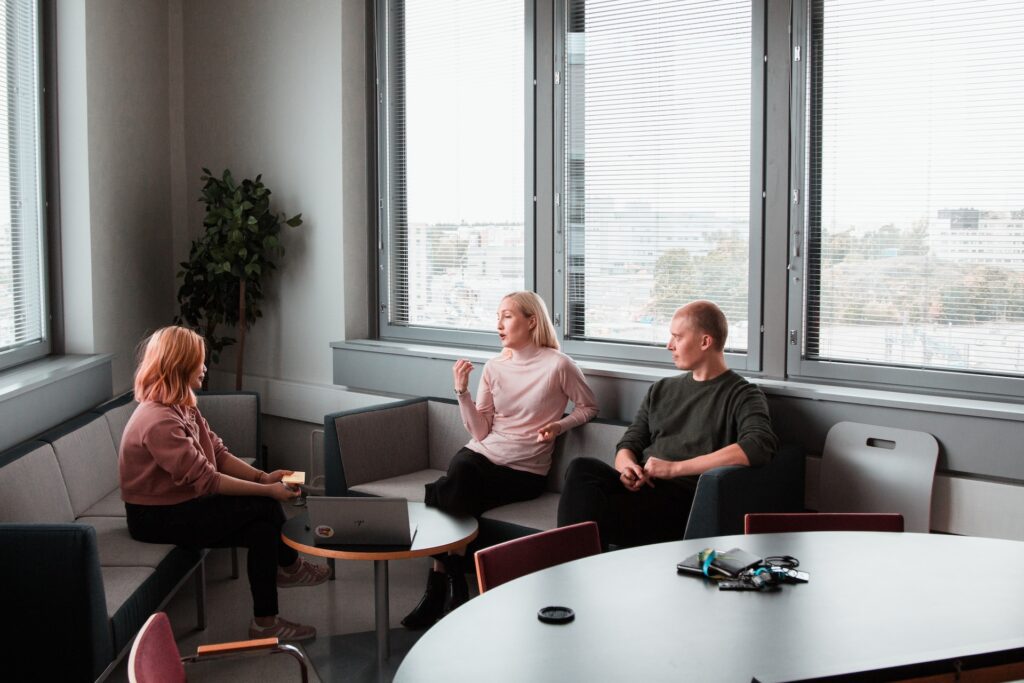
If you’ve been diagnosed with skin cancer and are researching treatment options for basal cell or squamous cell skin cancer, you’ll want to compare radiotherapy vs. Mohs surgery. The major difference between the two is that Mohs surgery is more invasive and requires cutting, while radiotherapy is less invasive and requires no cutting. The team at GentleCure is here to help you to learn more about the differences between radiotherapy vs. Mohs surgery.
What is Mohs Surgery?
Mohs surgery – also called Mohs micrographic surgery – is a procedure that is performed in stages. A local anesthetic is administered to numb the area being treated, then the surgery begins.
Using a scalpel, the skin cancer area and a bit of the surrounding skin are removed in layers. After the first layer is removed, the surgeon observes it under a microscope to look for any remaining cancer cells. If cancer cells are found, another thin layer of skin will be removed and viewed under the microscope once more. This process continues until no more cancer cells are detected.
What is Radiotherapy?
Radiotherapy is a less-invasive alternative to Mohs surgery. It involves the use of X-ray energy to kill skin cancer cells. Image-Guided Superficial Radiotherapy (Image-Guided SRT) is a leading-edge radiotherapy technology that uses a machine to deliver a measured dose of low-level X-ray energy just below the skin’s surface, directly targeting and destroying the cancer cells with no cutting required. The energies of the machine used for Image-Guided SRT treatment are less than that of a chest X-Ray.
A Closer Look at Radiotherapy vs. Mohs Surgery
In addition to understanding the difference between how radiotherapy and Mohs surgery are performed, people with skin cancer should know how each treatment option may affect their daily life. Because Mohs surgery requires cutting away layers of skin, it does result in a wound that eventually leaves a scar. In more severe cases, plastic surgery or skin grafting may be necessary to help the wound heal properly. Mohs surgery also may require a halt in the usage of certain medications before surgery, and they may need to take antibiotics post-surgery.
Use the table below for a clearer picture of how radiotherapy vs. Mohs surgery can impact your life:
| Mohs Surgery | Image-Guided SRT Treatment |
| May experience pain during and/or after surgery | May experience mild irritation during treatment |
| Typically leaves a scar | May result in hypopigmentation, which typically fades over time |
| May require plastic surgery or skin grafting | Absolutely no cutting required |
| May require antibiotics post-surgery | No antibiotics required |
| May require stoppage of certain medications | Requires no stoppage of medications |
Following Mohs surgery, it is generally best to limit movement for a few days to allow the wound to heal properly. After Image-Guided SRT treatment, you are free to go about your life as normal.
FAQ
Both are effective, but Mohs is surgical while radiotherapy like Image-Guided SRT is surgery-free. The right option is decided upon by you and your doctor, and depends on your skin cancer type, location, and personal health.
No, Image-Guided Superficial Radiation Therapy (IGSRT) is a non-invasive treatment that does not involve cutting the skin, which means it does not leave behind surgical scars like those that can occur with Mohs surgery. However, some patients may notice skin changes in the treated area, such as redness, thinning, dryness, or alterations in pigmentation (either lightening or darkening). These effects are usually temporary and resolve within a few weeks after treatment ends. It is important to discuss any concerns with your doctor to understand the expected outcomes and to effectively manage any side effects.
Yes, it’s safe and is the preferred option for elderly patients, as well as those with underlying health conditions that make Mohs surgery inadvisable. IGSRT is painless and does not require anesthesia since it is a surgery-free treatment. Additionally, there is no recovery time, and each session lasts only a few minutes, making it especially suitable for senior patients.
Recovery may take several days to weeks, especially if stitches or skin grafts are needed. You may need to limit physical activity and take antibiotics.
No. Image-Guided SRT doesn’t require stopping your regular medications, unlike surgical options like Mohs.
Call GentleCure to Learn More About Image-Guided SRT
Is Image-Guided SRT right for you? If you would like to learn more about this surgery-free treatment for skin cancer, call GentleCure at 855-936-4411 to speak with a skin cancer information specialist. We can provide more information on how Image-Guided SRT works and what to expect during treatment. You can also find out how other people with skin cancer have seen success with Image-Guided SRT by visiting our patient stories page.

